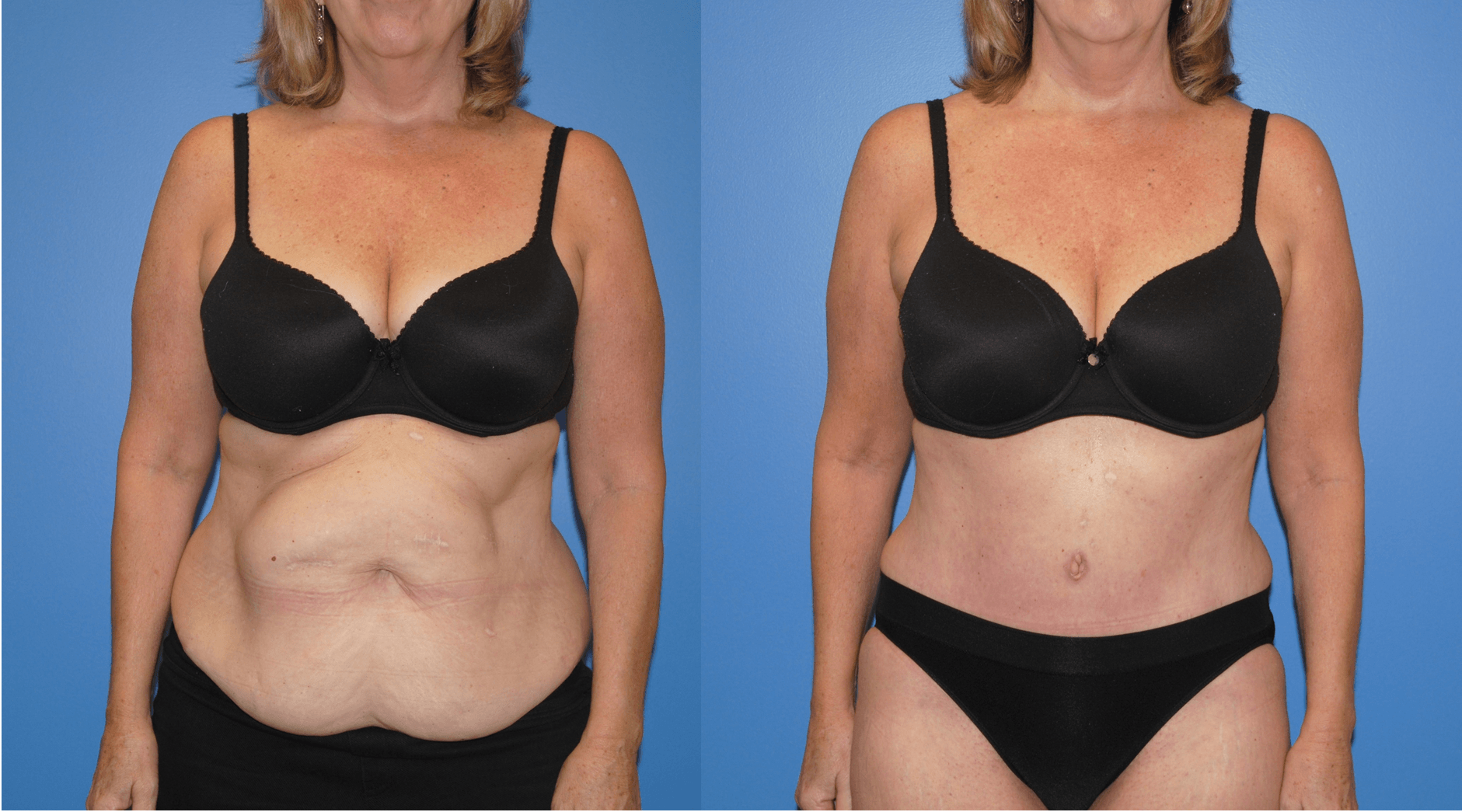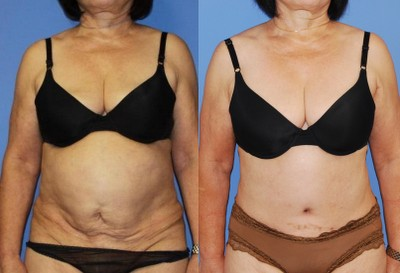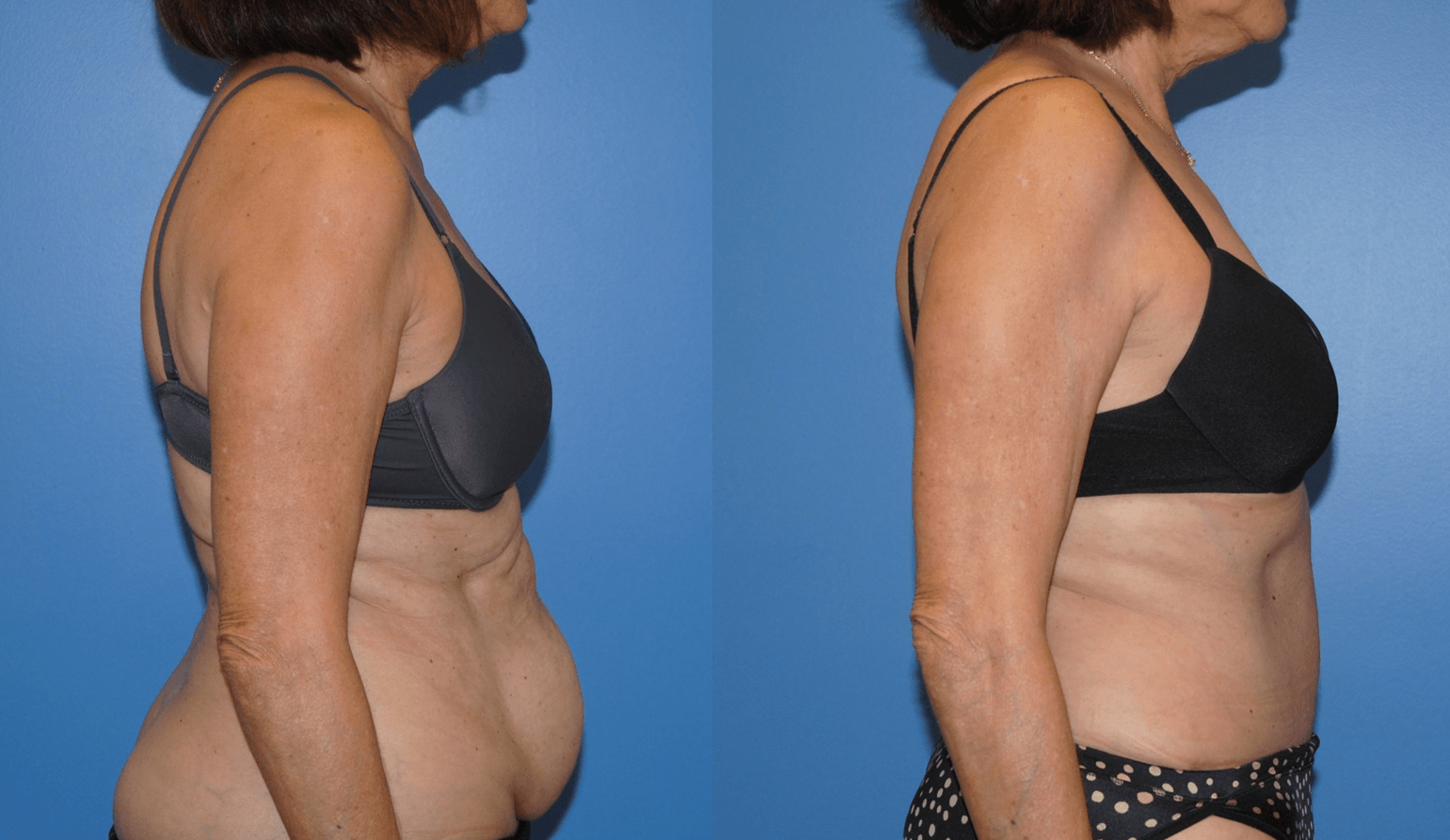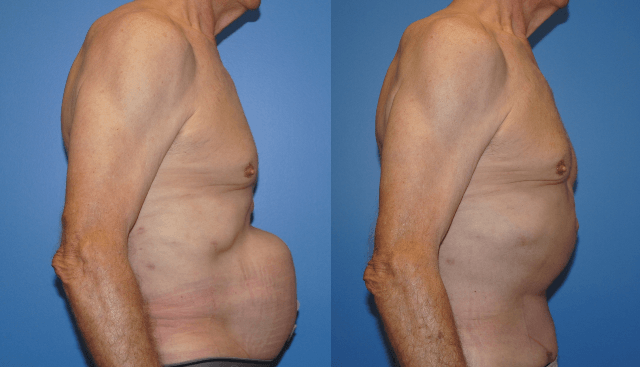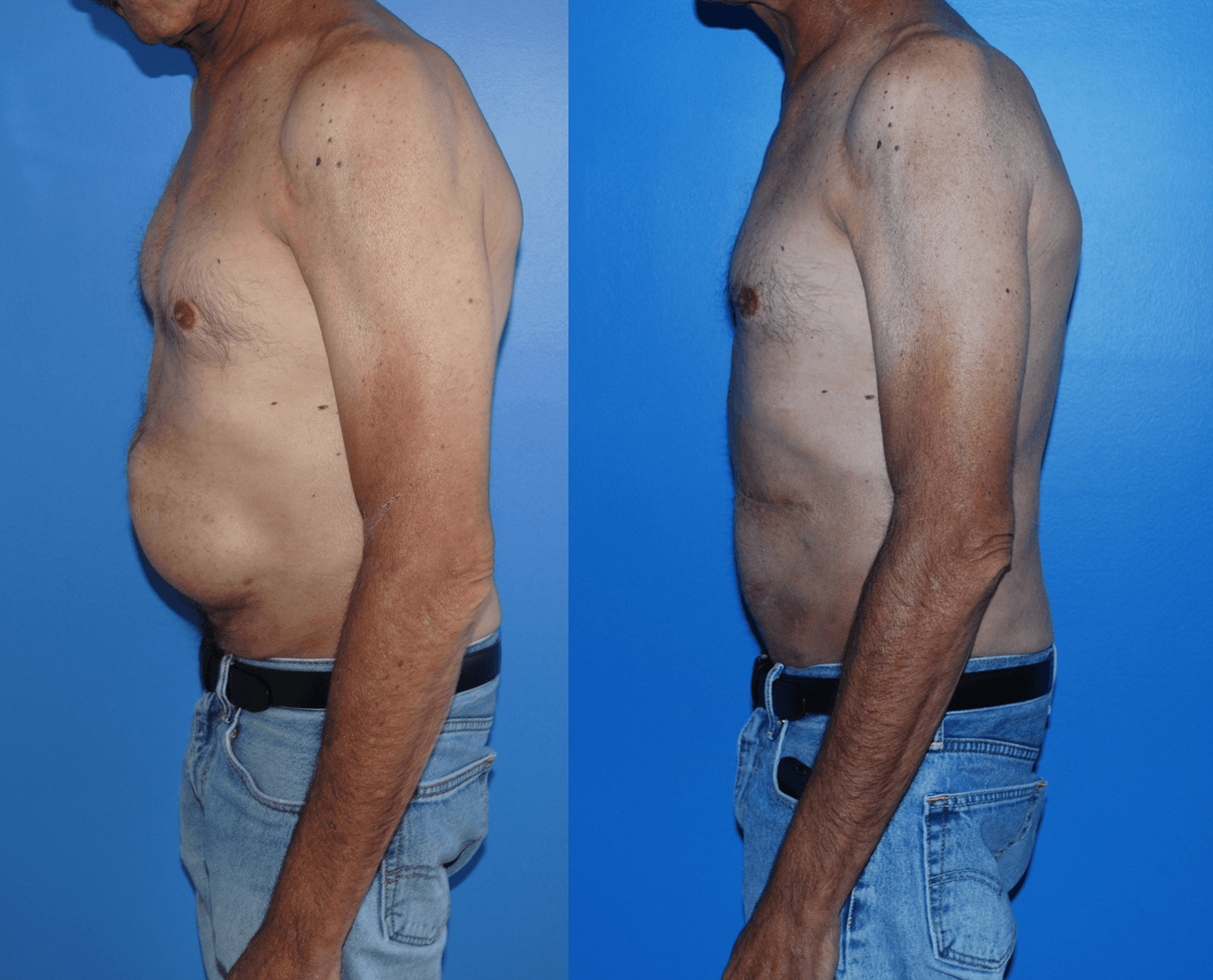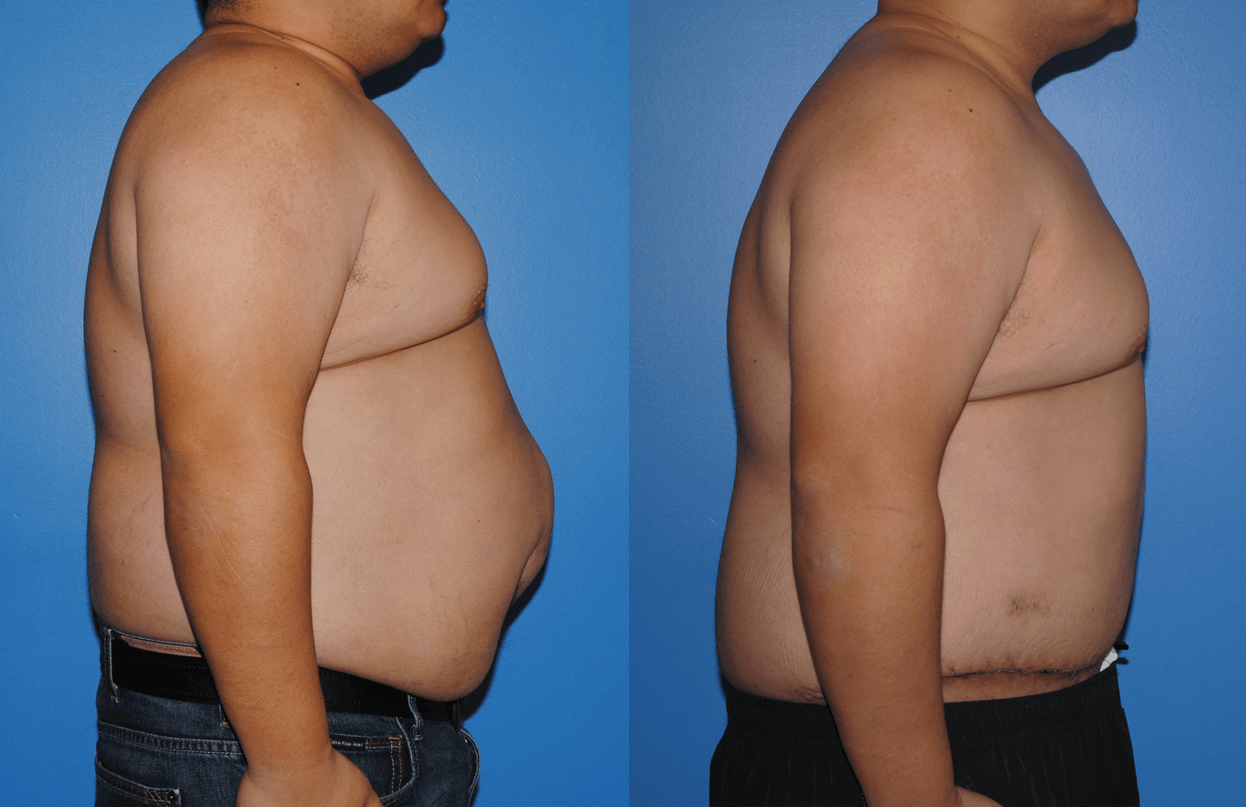Hernia repairs are common. Larger hernias often require the repositioning of the rectus abdominus muscles to place the muscles back into anatomic position. When the rectus muscles are relocated this can often prevent the use of mesh to repair the hernia. In some cases mesh is necessary in addition to repositioning of the abdominal musculature. In patients with previous abdominal…


